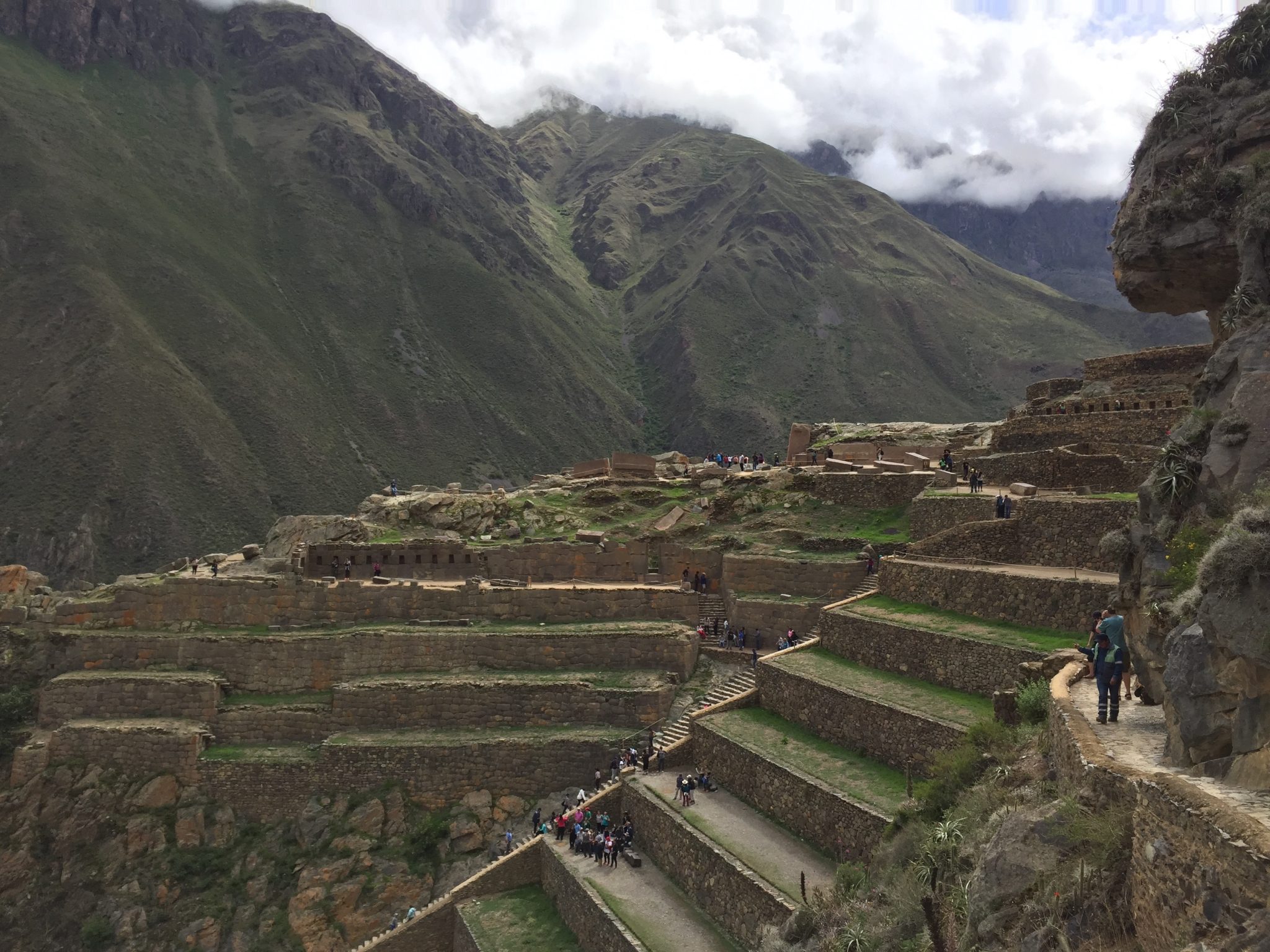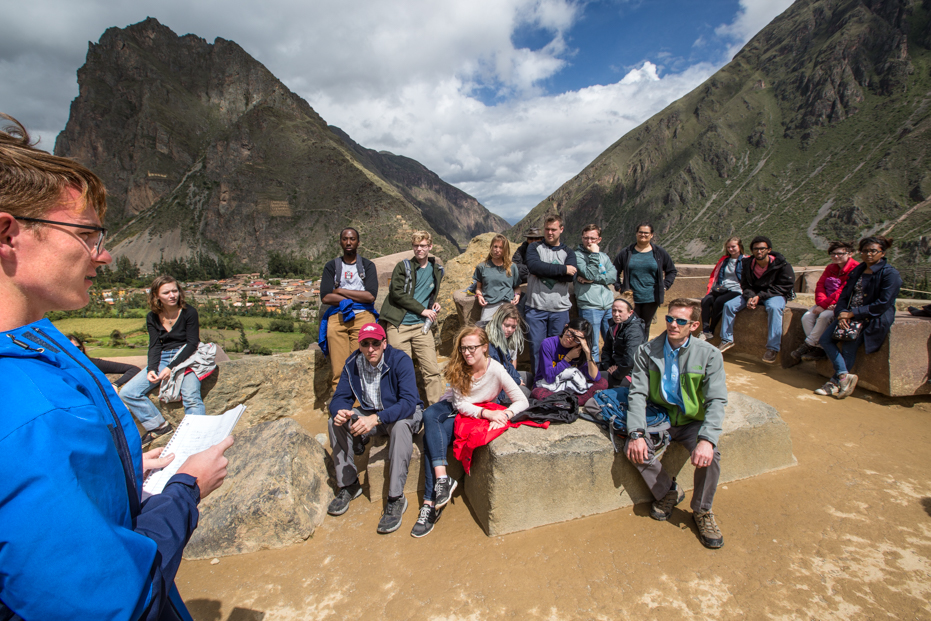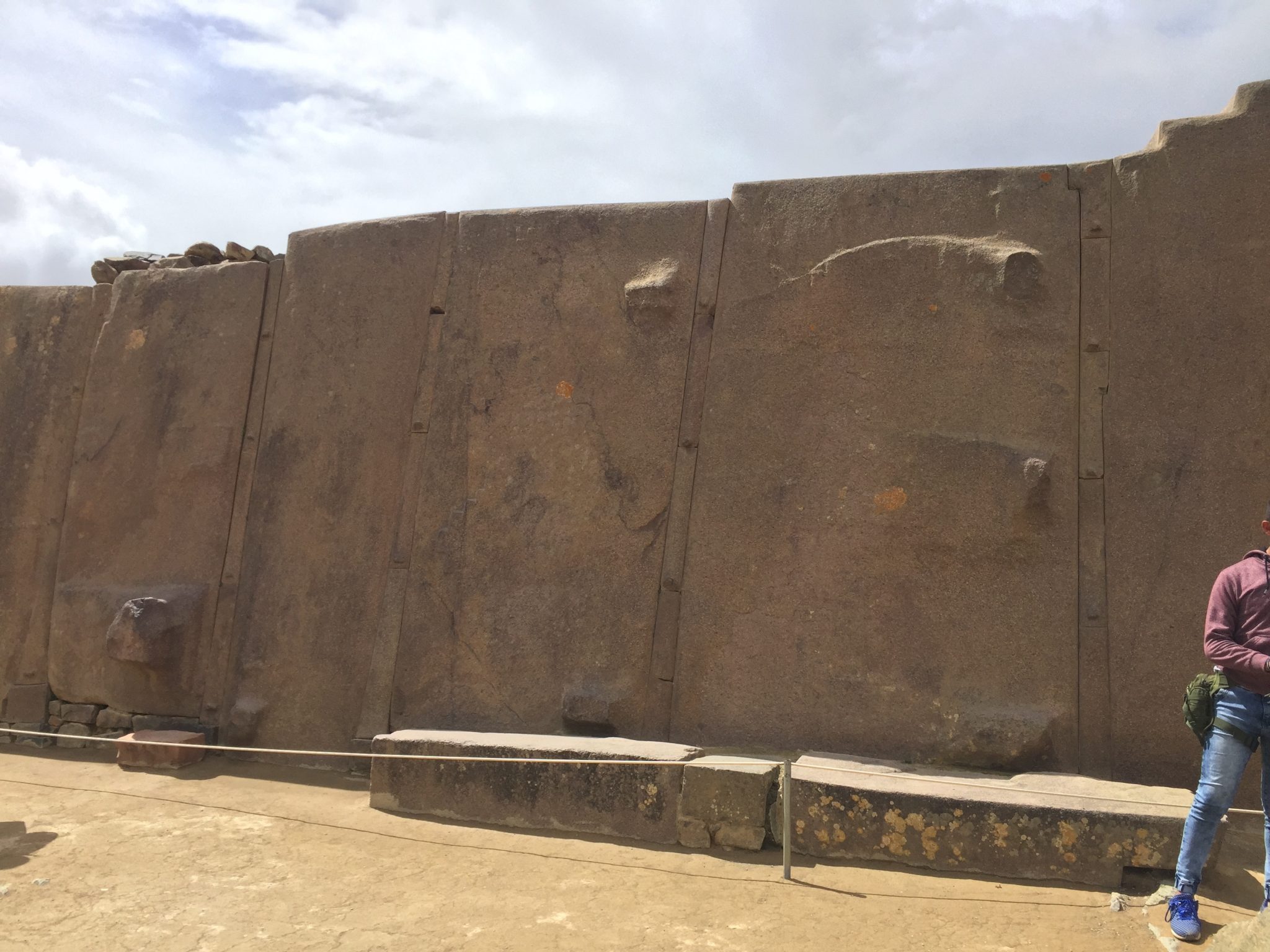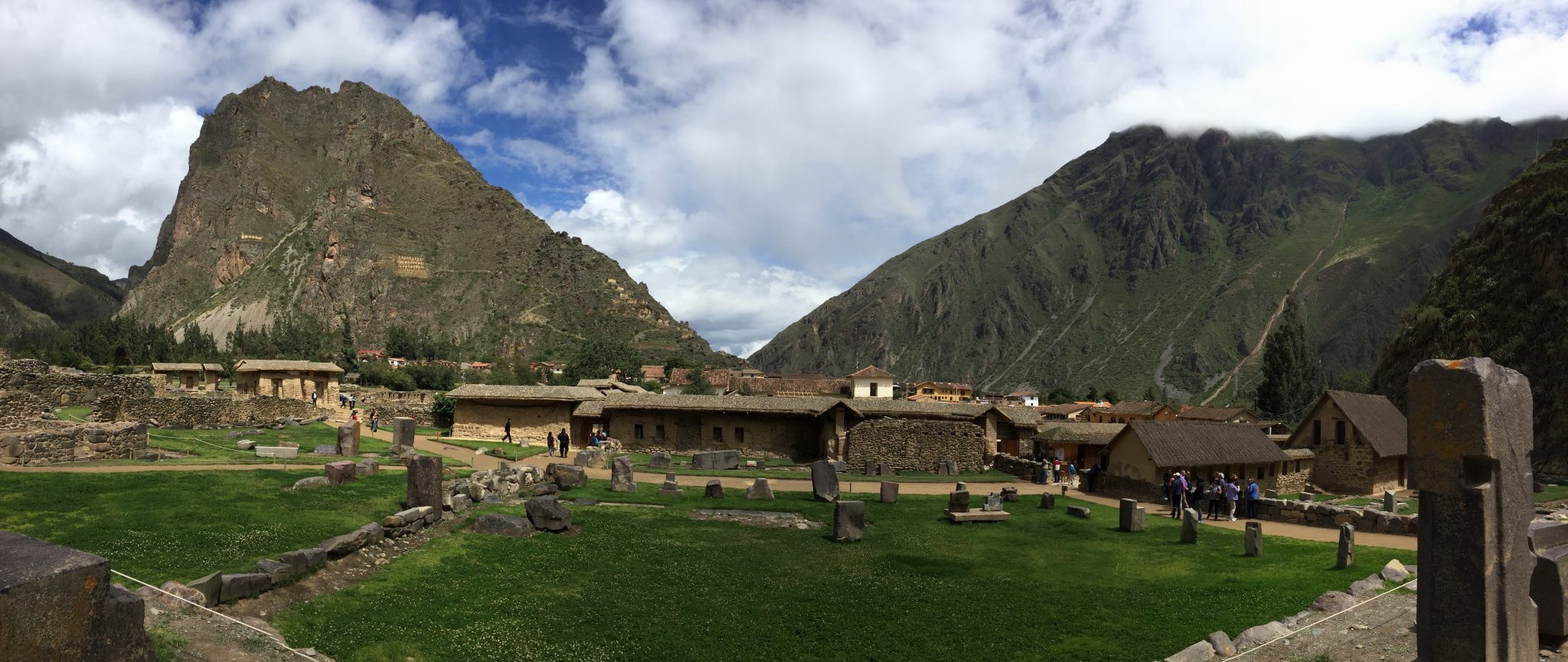After researching in Fayetteville, all of the students participating in Honors Passport: Peru gave a presentation at their site of interest. Honors College Fellow and English major Dylan DeLay reports on the awe of experiencing the meticulous stonework of Ollantaytambo in person.
After turning twenty and seeing a wonder of the world, it is definitely not a stretch to say that this Honors Passport has been an eventful trip for me. After speaking with Dr. Hare over breakfast one morning, I decided I wanted to write my blog post on the presentation aspect of this Honors Colloquium course.
This was far from a simple vacation. We did hard work before, during, and now after the trip. We visited every notable cathedral in every city we lodged in, observed paintings in major museums throughout the country, and wrote 300+ word journals every day on a variety of subjects pulled from extensive readings or experiences from a certain day. Largest of the assignments though were the presentations each of us had to give. We chose our topics weeks before leaving, and were instructed to focus on a certain element of the topic and give a ten minute presentation on that element.
I selected Ollantaytambo (oh-yan-tie-tahm-bo), the city travelers leave from by train to get to Machu Picchu if they don’t hike the Inca Trail. I knew absolutely nothing about the city prior to choosing it. We were required to find either a monograph on our topic or four articles/chapters about it. When I started researching it, I was enthralled by the stonework. The sources I found mostly dealt with the meticulous stonework, so I decided that would be the best thing for me to focus on in the presentation.
 The details on the construction were extensive, but I’ll paraphrase it here. The stones were quarried across the river and up a mountain four miles away. The Incan builders cut the stones there and then used ramps to transport them, down, across and up to the site. The media team actually saw the quarry on our train ride back from Machu Picchu and were even more impressed for it. Once they arrived on site, the stones were cut to perfectly fit with their neighbors, then slid into place, where they still sit today.
The details on the construction were extensive, but I’ll paraphrase it here. The stones were quarried across the river and up a mountain four miles away. The Incan builders cut the stones there and then used ramps to transport them, down, across and up to the site. The media team actually saw the quarry on our train ride back from Machu Picchu and were even more impressed for it. Once they arrived on site, the stones were cut to perfectly fit with their neighbors, then slid into place, where they still sit today.
Googling pictures online did nothing to prepare me for seeing it in person. The pictures lacked a sense of orientation, and every building I was speaking about was separate in my mind. When we got there, I was pleasantly surprised to see that terraces easily gave way into the Fortress and Sun Temple that I spent the majority of my presentation speaking about.
My classmates were wary of the height of the buildings as we arrived, but I laughed it off. As a nervous public speaker, I was actually pleased that they might be so winded when we got up there that they might not focus on what I was saying.
As the media team put the microphone on me and we made our way up the terraces to the top of the Fortress, I was surprisingly calm. I chatted briefly before getting in position in front of the Wall of Six Monoliths (part of the unfinished Sun Temple) and went through my presentation with minimal stumbling over the words. Once I was finished, I felt like the weight of the course had been lifted off my shoulders.
The culmination of three semesters and an intersession of coursework led to each of us students becoming an expert on an area of Peruvian and/or Incan culture. I was more than proud to listen to my classmates speak so confidently on their chosen subjects. Our final assignment now is to write a paper further detailing the importance of our chosen object, site, or event we presented on.
H2P has been an integral part to my college career thus far, and I am beyond grateful to have been able to go on this study abroad trip with a group of such amazing people.



